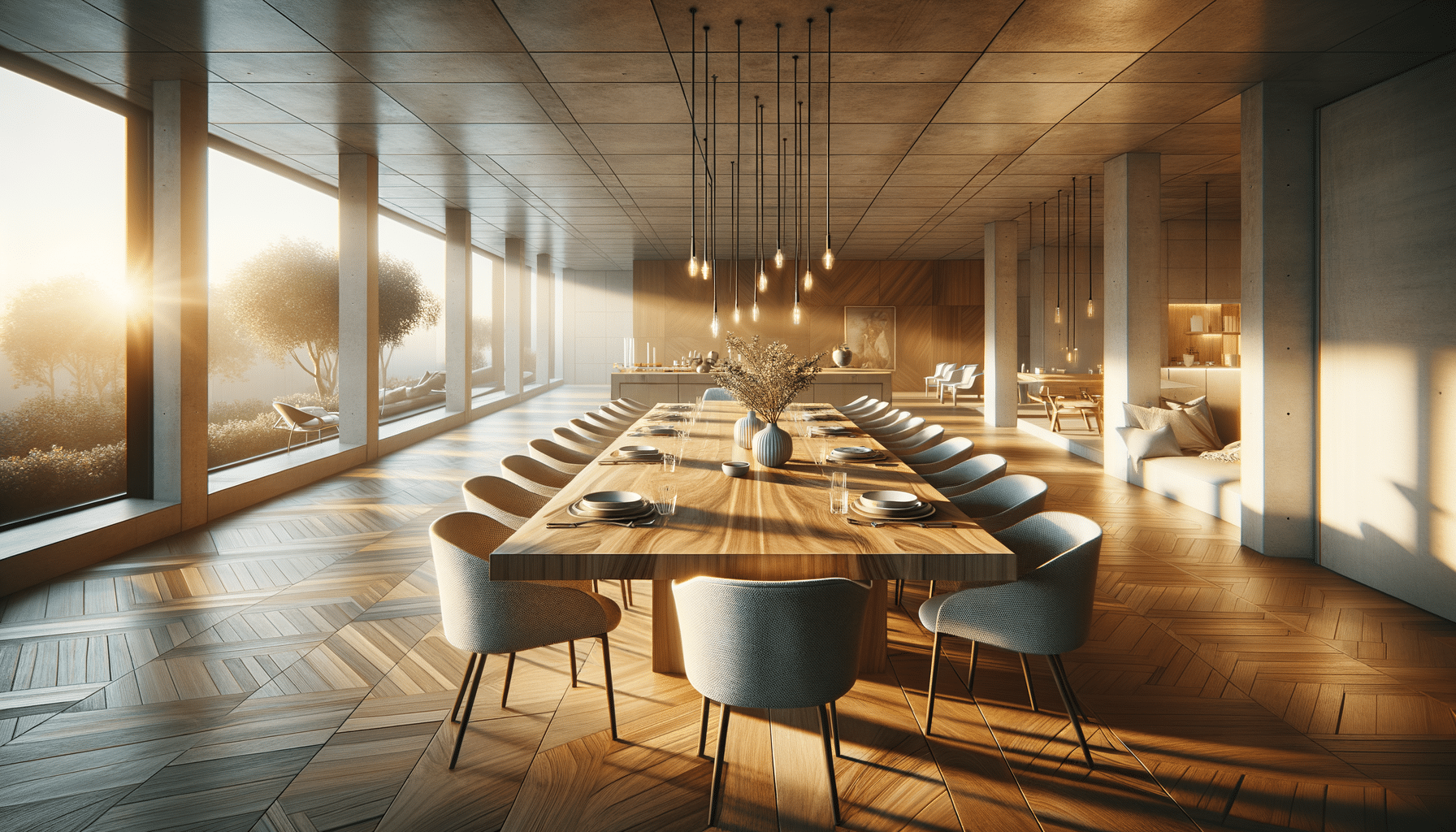
The Dining Table: A Centerpiece of Connection and Style
The Role of Dining Tables in Modern Homes
In the heart of a home, the dining table often serves as the gathering place for family and friends. This essential piece of furniture does more than provide a surface for meals; it fosters connection, conversation, and community. Beyond its functional purpose, a dining table reflects the style and personality of the household, acting as a centerpiece that ties together the room’s decor. The versatility of dining tables makes them suitable for various activities, from hosting dinner parties to serving as a workspace for projects or homework.
Dining tables come in a wide range of shapes, sizes, and materials, allowing homeowners to choose one that complements their space and meets their needs. Whether it’s a compact table for a small apartment or a grand piece for a large dining room, the options are diverse. Materials like wood, glass, and metal each offer distinct aesthetics and durability, influencing the overall ambiance of the dining area.
Moreover, the dining table’s design can significantly impact the flow and functionality of a room. Round tables are often favored for their ability to create an intimate dining experience, while rectangular tables can accommodate more guests, making them ideal for larger gatherings. The choice of design reflects not just the practical needs of the household but also its social dynamics and lifestyle preferences.
Choosing the Right Dining Table for Your Space
When selecting a dining table, it’s crucial to consider the dimensions of your space to ensure the table fits comfortably without overwhelming the room. A well-proportioned table allows for easy movement and can enhance the room’s visual balance. Measure the available space carefully, considering the placement of chairs and the necessary clearance for people to move around.
The style and material of the dining table should also align with the existing decor. Wooden tables, for instance, bring a warm, traditional feel to a space, while glass or metal tables offer a modern, sleek look. The choice of material affects not only aesthetics but also maintenance and durability. Wooden tables may require periodic polishing to maintain their finish, whereas glass tables might need frequent cleaning to keep them smudge-free.
Additionally, consider the table’s functionality in relation to your lifestyle. If you frequently host large gatherings, an extendable table might be a practical choice, offering flexibility to accommodate more guests as needed. Conversely, if your dining area doubles as a workspace, a table with a sturdy, flat surface and ample legroom might be more suitable.
Dining Table Styles and Trends
The world of dining tables is rich with styles and trends that cater to various tastes and preferences. From rustic farmhouse tables that exude a cozy charm to minimalist designs that emphasize clean lines and simplicity, there is a style for every aesthetic. Current trends include the use of mixed materials, such as combining wood with metal or glass, to create a dynamic and contemporary look.
Another popular trend is the incorporation of sustainable materials and practices in dining table production. Eco-friendly options, such as tables made from reclaimed wood or sustainably sourced materials, appeal to environmentally conscious consumers. These tables not only reduce environmental impact but also add unique character and history to a home.
Customization is also gaining popularity, with many manufacturers offering bespoke options that allow homeowners to tailor the table’s dimensions, materials, and finishes to their specific needs. This trend reflects a broader movement towards personalized interiors that reflect individual style and preference.
Maintaining Your Dining Table
Preserving the beauty and functionality of your dining table requires regular maintenance and care. The type of material dictates the specific care routine needed. For wooden tables, it’s important to use appropriate cleaning products that protect the finish and avoid harsh chemicals that could damage the surface. Regular dusting and occasional polishing will help maintain the table’s sheen and prevent wear.
Glass tables, on the other hand, require frequent cleaning to keep them clear and smudge-free. Using a microfiber cloth and glass cleaner can help achieve a streak-free finish. For metal tables, preventing rust and maintaining shine is key, which can be achieved through regular cleaning with a damp cloth and occasional polishing.
Additionally, using placemats or coasters can prevent scratches and heat damage, prolonging the table’s lifespan. Addressing spills promptly and protecting the table from direct sunlight can also help maintain its appearance and structural integrity over time.
Conclusion: The Dining Table as a Reflection of Home
The dining table is more than just a piece of furniture; it is a reflection of the home’s spirit and a testament to the shared experiences of those who gather around it. Its role in fostering connection and providing a space for both everyday meals and special occasions makes it an invaluable component of any household. By choosing a table that aligns with personal style and practical needs, homeowners can create a dining area that is both functional and inviting.
Investing time in selecting and maintaining a dining table ensures it remains a cherished part of the home for years to come. As trends evolve and lifestyles change, the dining table continues to adapt, serving as a constant in the ever-shifting landscape of home design.


